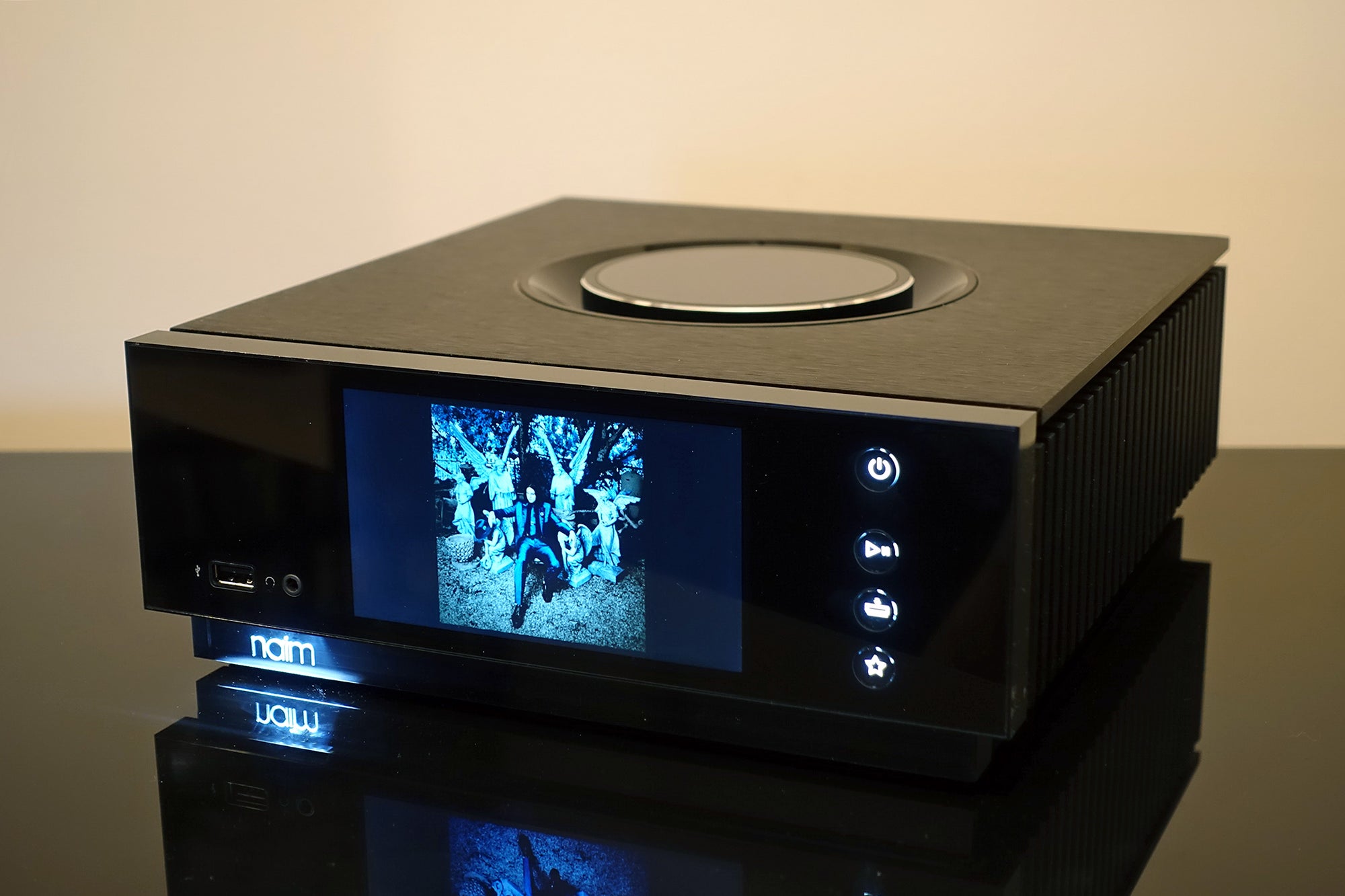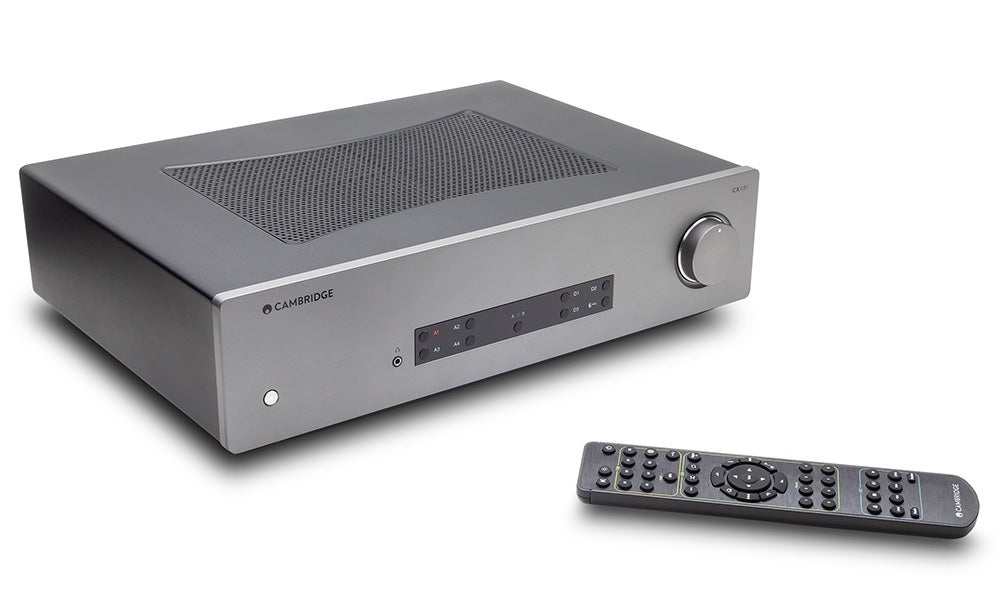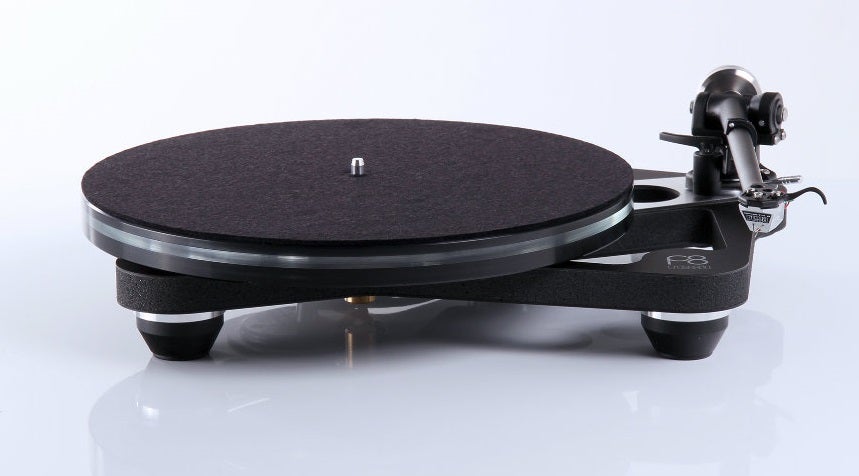Marshall Stockwell II Review
Another enjoyable and charming outdoor speaker from Marshall
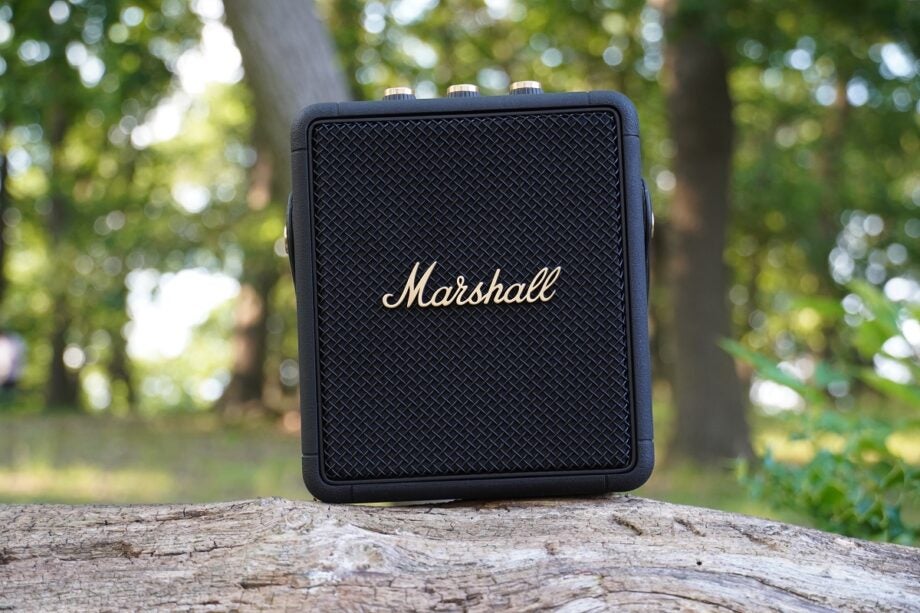

Verdict
It may be lacking for features compared to some other portable speakers, but the Marshall ladles on the style and delivers on the audio front with an entertaining and charming performance.
Pros
- Strong build quality
- Weighty bass, detailed treble performance
- Great looks
- Good usability
Cons
- Lacking features
- Mid-range expression could be better
Availability
- UKRRP: £169.99
- USARRP: $199.99
- EuropeRRP: €199.99
- CanadaRRP: CA$299.99
- AustraliaRRP: AU$399.99
Key Features
- Multi-point BluetoothCan connect to two different devices at the same time
- Water-resistantIPX4 rating guards against splashes of water
- Carry handleFeatures a handle for carrying the speaker around
Introduction
Announced and released in 2019, the Marshall Stockwell II is by no means new. However, given the recent surge in interest for portable audio, there’s no better time than the present to take a look at the speaker.
With the Emberton taking the title of the smallest portable speaker in Marshall’s range, the Stockwell II offers a bigger and weightier sound. It has also had a price cut in the intervening years – from £219 to £169. So given the increase in competition, especially in the form of the Sonos Roam, where does the Stockwell II stand?
Design
- Handle for easy carrying
- Water- and dust-resistant design
- Nice, tactile operation
This version of the Stockwell II comes decked out in a black and brass colourway, with the brass colour referring to the appearance of the handle’s underside (black and burgundy are also available). The rest of the speaker remains the same, from the gold detailing of the Marshall logo to its handle for easy carrying that gives it the look of a handbag.
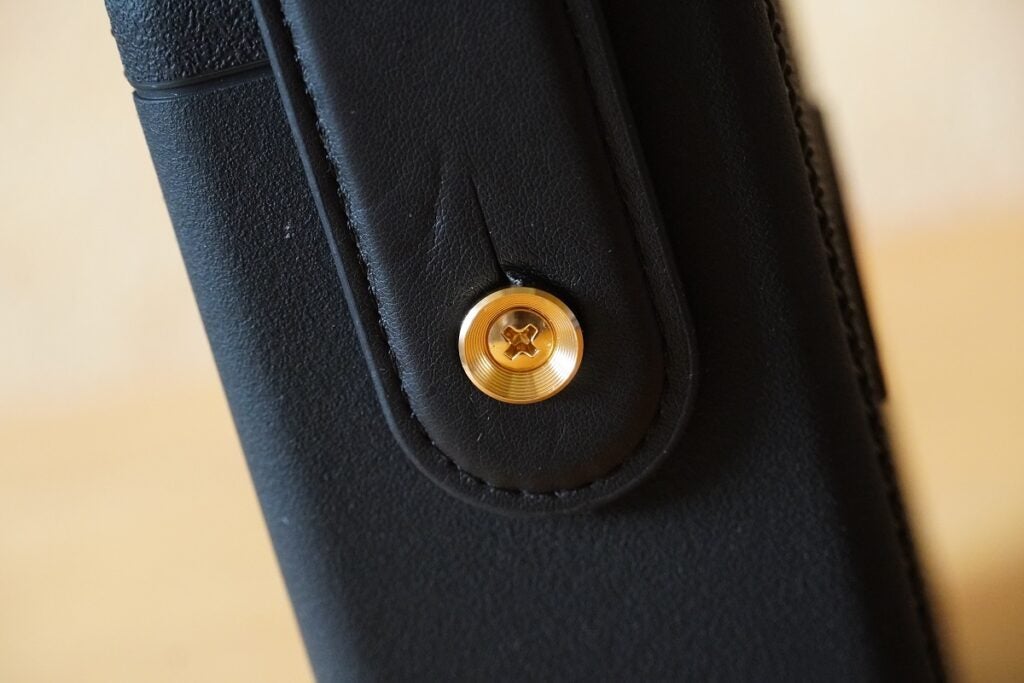
At 1.4kg, it’s a kilo heavier than the Roam and twice as heavy as the Emberton. Pick it up and you’ll feel its weight, but that solidity enhances rather than detracts from its build quality.
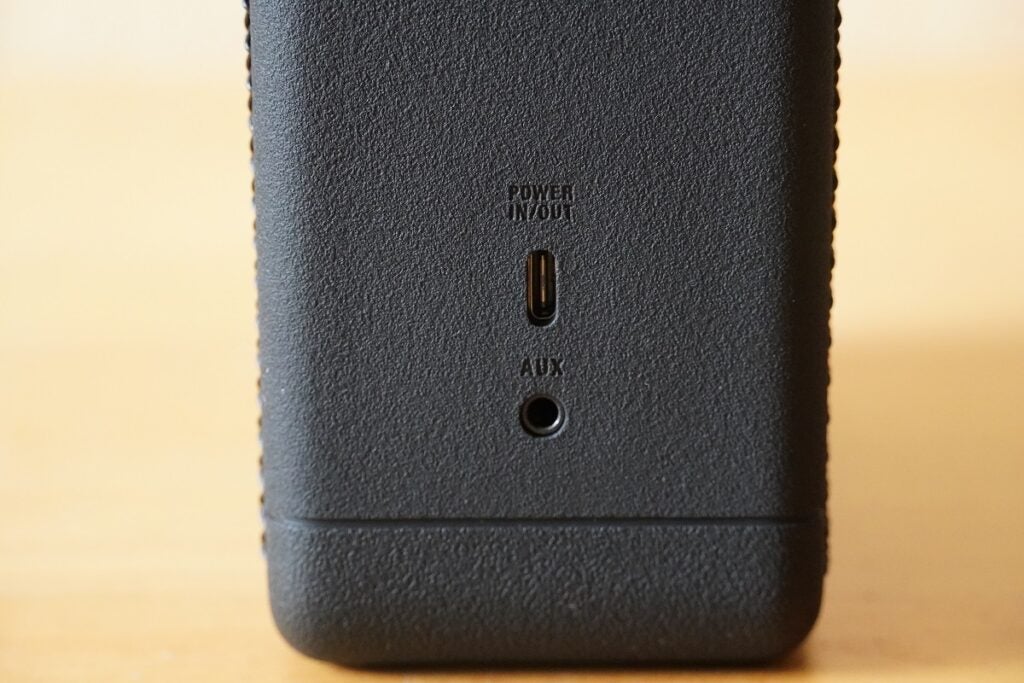
The quality of the materials used in its construction mirror those of the Emberton, with a silicone outer casing giving the unit an IPX4 rating. This means it isn’t water- or dust-proof (the USB-C and Aux connections aren’t covered), but it can deal with splashes of water (or beer).
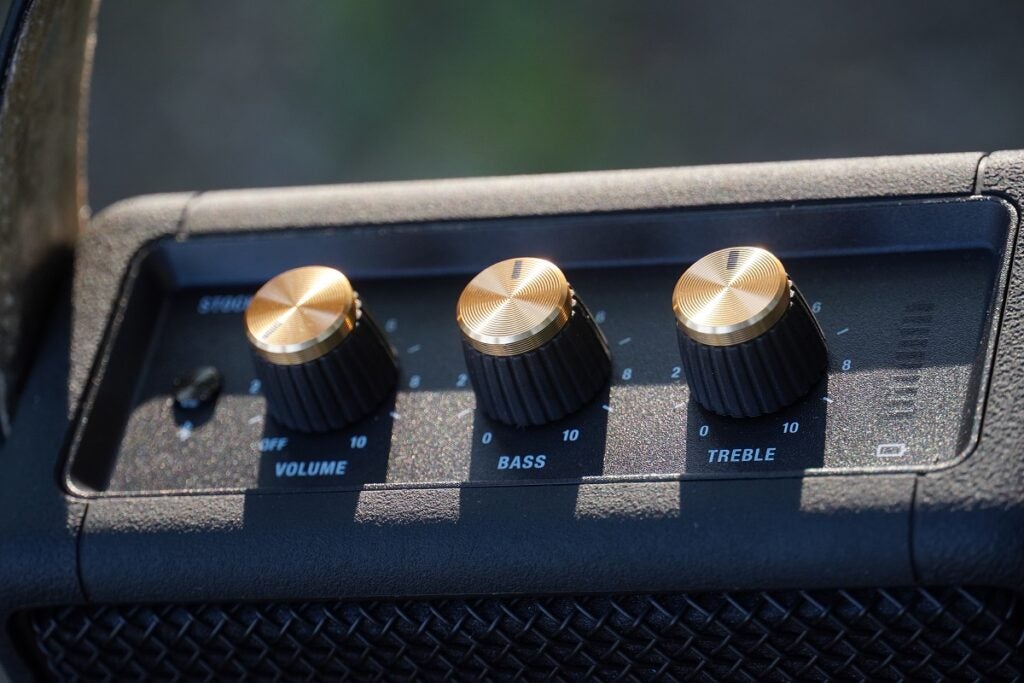
On the top plate sit three dials for volume (which also acts as power on/off), bass and treble. Either side is a Bluetooth pairing button and volume LED that lights up red. The dials offer a great tactile experience, and like many of Marshall’s audio products, the operation of the Stockwell II brings simple pleasures.
Features
- Light on features
- Fast-charging support
Features are light – not unlike the rest of Marshall’s portable speakers. Some may find the lack of features somewhat galling considering the price, but there’s the counterargument that it keeps the experience simple and straightforward – more about the sound and usability. If we’re looking at this in terms of sheer quantity, there are speakers that boast more options, though.
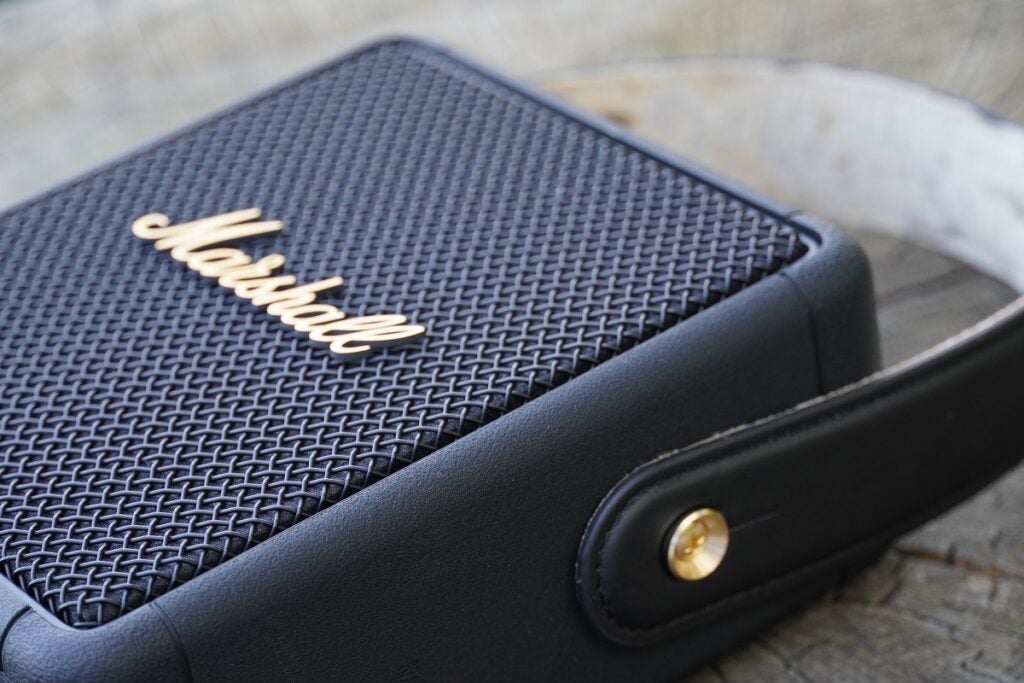
Marshall claims a 20+ hours’ battery life before it requires a charge. A 20-minute charge provides six hours of playback, while five hours is needed to get back up to full strength once depleted.
There’s no Wi-Fi integration, so smarts are off the table. Bluetooth is 5.0 and there’s multi-function support for swapping between two speakers at once. The Stockwell II also features Marshall’s True Stereophonic sound to ensure the speaker’s sound can reach the listener from any angle.
Performance
- Not the most detailed mid-range performance
- Strong bass performance
- Good, detailed treble performance
Like the Emberton, the promise of the ‘True Stereophonic’ isn’t quite delivered in the way the marketing blurb would have you think. Yes, you can hear the speaker’s output from any angle, but facing towards the speaker’s front or rear offers the most focused performance. Sit at an angle and the speaker loses its directionality.
The Marshall Stockwell II isn’t necessarily a speaker that outputs a sound that’s bigger than its enclosure, but it certainly doesn’t sound small. Plus, it has a good sense of dynamism, so quiet and loud moments are delivered with confidence that gives the speaker a sense of scale.
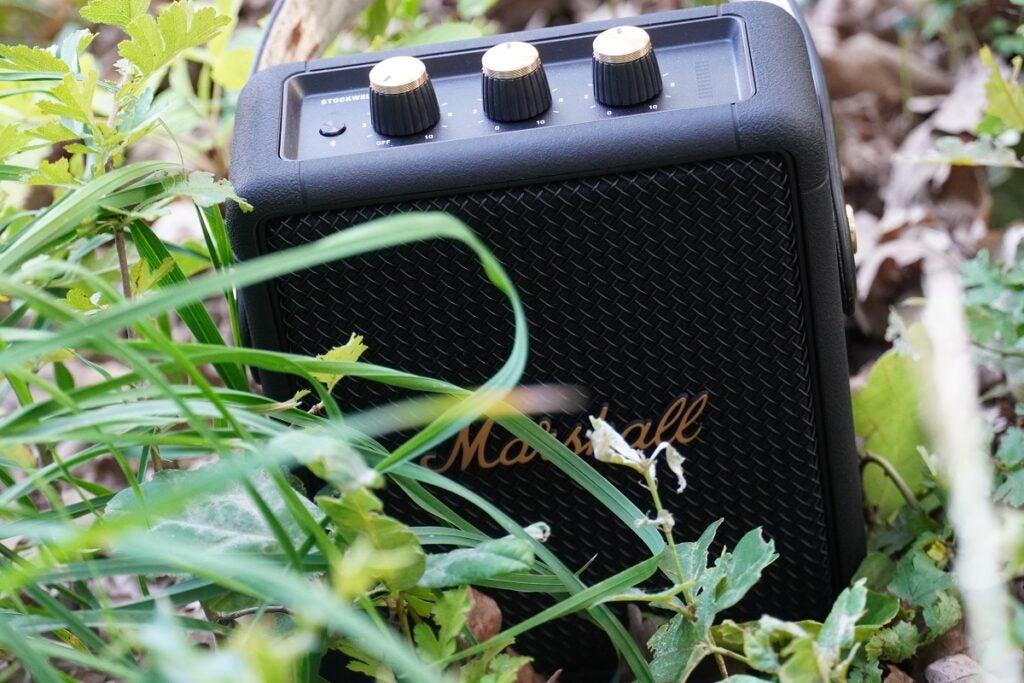
It’s a portable speaker that’s crisp and clear in its delivery and weighty with its bass output; capable of some solid depth and power. If you’re someone who finds portable speakers around this price lacking in the bass department, the Stockwell II certainly packs some heft.
The soundstage isn’t described with as much width, and I imagine the square-ish design doesn’t help with knock-on effects for the mid-range area. While vocals are smoothly detailed and avoid sibilance, the way the speaker assembles its mid-range can lead to it sounding small and flat. Compared to the Sony SRS-XB23, the Marshall lacks depth and in turn digs up less detail.
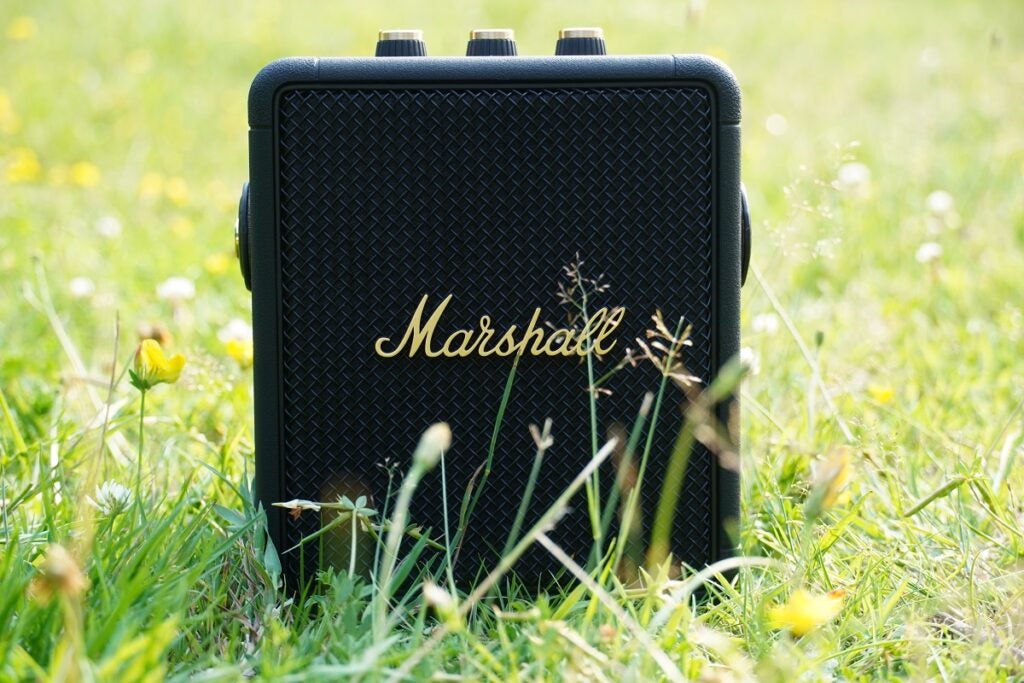
Slower-paced tracks help reduce this shortfall, as faster-tempo tracks can see detail fall through the net as well. But its high-frequency performance is sharp and defined, and it offers a better overall tonal balance than the Sony. Its ability to tweak bass and treble frequencies via the control dials offers more scope for adjusting the sound.
It isn’t as crisp, detailed or as dynamic as the Roam, but the Marshall Stockwell II isn’t too far off in some respects – and in terms of bass, it offers a more pronounced performance. The Stockwell II is another likable and enjoyable portable speaker from Marshall.
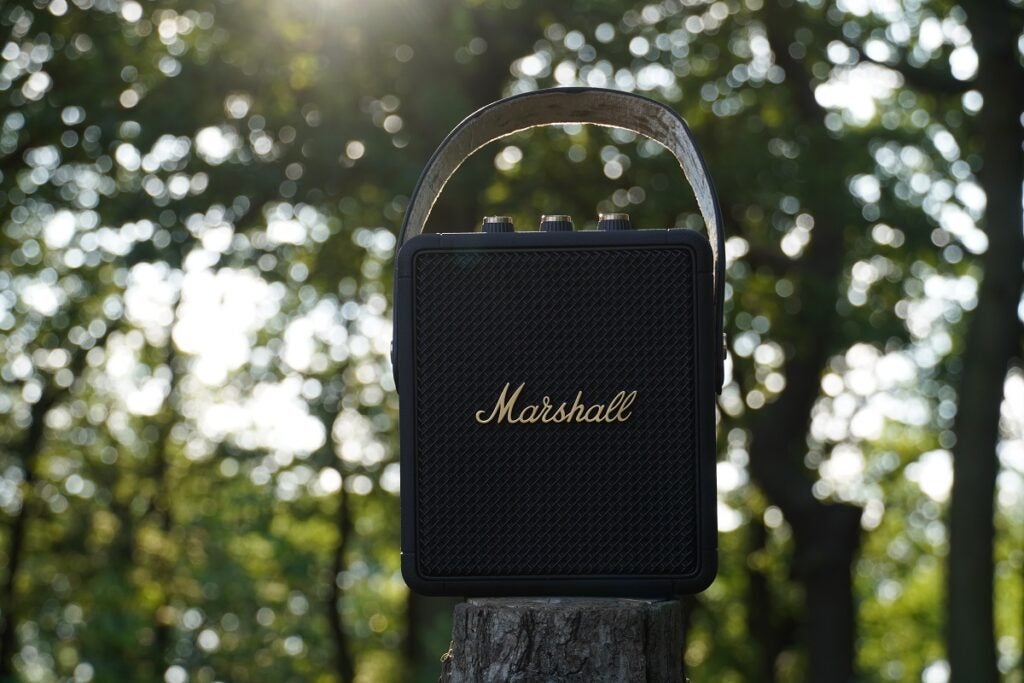
Latest deals
Should you buy it?
If you enjoy the Marshall sound and appearance The strong design of the Stockwell II will ensure it survives a few knocks. The audio mostly satisfies, too, with a strong bass output and detailed high-frequency performance.
If you want better sound, more portability The mid-range could be more expressive, since at times it does come across as small and flat. At 1.4kg, it’s a weighty speaker; there are others that are lighter and therefore more portable to carry.
Final Thoughts
The portable speaker market isn’t lacking for choice, but the Stockwell II sticks its head above the parapet with its design, usability and performance.
It delivers in the looks department; it’s arguably one of the more fashionable efforts around. The control dials offer great usability and something unique to Marshall. While the feature count is low, it delivers an enjoyable performance with detailed highs and weighty, impactful lows.
If there’s to be a Stockwell III then its mid-range performance could benefit from more space and detail. Otherwise, the Stockwell II is another strong and charming portable effort, adding to Marshall’s impressive roster of outdoor speakers.
How we test
We test every TV we review thoroughly over an extended period of time. We use industry standard tests to compare features properly. We’ll always tell you what we find. We never, ever, accept money to review a product.
Find out more about how we test in our ethics policy.
Used as the main outdoor speaker for the review period
Tested for more than a week
Tested with streaming services
FAQs
No, there’s no support for the Marshall app
SBC is supported.
You can charge a phone by connecting it via the USB-C cable

